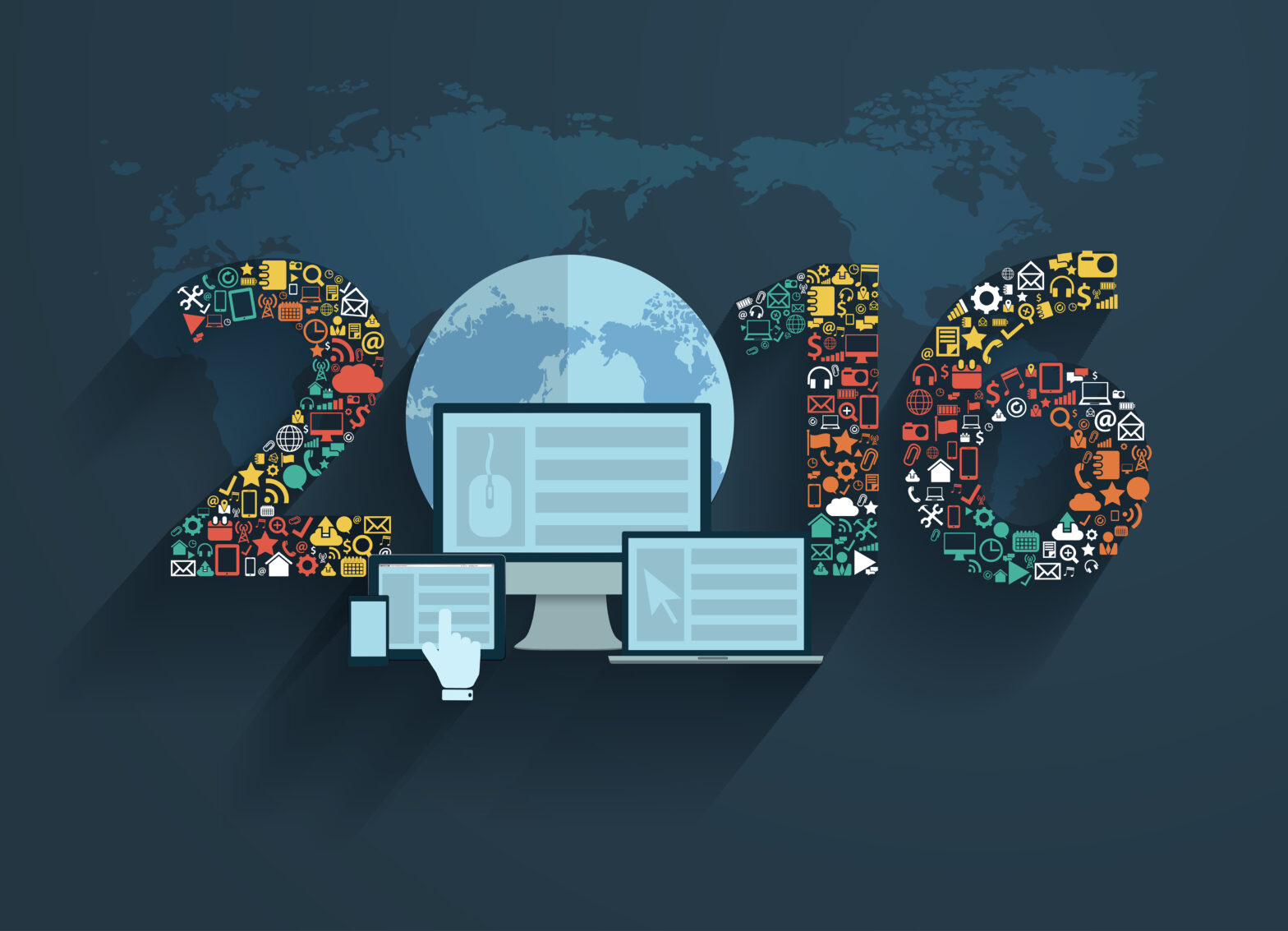The year 2015 has seen a number of products hit the market that have helped to increase the interconnectivity between people and machines, and collect more data than ever before.
But there are three products in particular that have the potential to really make waves over the next few years:
Internet of Things (IoT)
The Internet of Things (IoT) is in no way a new phenomenon. Put simply it’s all about connecting devices over the internet and allowing them to interact with both other applications, and with humans.
Tech companies have been discussing the idea of interconnected devices for years, however in 2015 interest in IoT has peaked significantly.
One of the main reasons for this rise in interest is because the capabilities of the IoT are expanding quickly, and developers are now designing products that have practical application in a number of different sectors including manufacturing, automotive and healthcare.
> See also: 5 predictions for the Internet of Things
For example, in the healthcare sector IoT has the potential to collect in-depth data which can be used to promote a healthier lifestyle. Many people are beginning to use smartwatches or fitness bands when exercising to monitor their progress by measuring aspects such as heart rate and the number of steps taken.
It can also be used within hospitals and can allow for remote health monitoring and emergency notification systems. Remote sensors can monitor patient outcomes such as blood pressure and heart rates.
Limitations: Developers will have to overcome several challenges if the technology is likely to have widespread adoption amongst consumers. For example, at present there are a lot of concerns over security, largely because it generates large amounts of data that is hard to police, that will need to be addressed.
The technology also requires a very long production time for developers, and so it could be a good few years yet before the technology has widespread use.
Prediction: In the next few years we are likely to see IoT gain traction within an increasing number of different sectors. For example, Gartner predicts that by 2020 the proportion of cars equipped with IoT devices will grow exponentially.
It predicts that there will be a quarter of a billion connected vehicles on the road and that one in five cars will come equipped with some sort of wireless connection by 2020.
Apple Pay
Apple has continued in its plan for complete world domination in 2015, with two major product launches in the UK that have been met with widespread acclaim.
In 2014 Apple launched Apple Pay – which allows users to complete purchases with just one touch of their mobile devices – to its US market, with the technology extending into the UK this year.
The only app needed for Apple Pay is the Passbook App which is already preinstalled on iOS devices. Using the app, users can easily add and store cards to authorise payments. Customers must provide a fingerprint match to verify a purchase and Apple Pay doesn’t store and track purchase details, meaning the new technology is also considered by experts to be extremely secure.
Limitations: There are several limitations to Apple Pay which need addressing before widespread adoption can occur. At present, transactions are limited to £20 and so it would prevent consumers from doing a full shop.
In addition, at present a lot of retail stores cannot yet facilitate Apple Pay, meaning a lot of consumers will be unlikely to make the effort to use the new technology until it can be used in more stores.
Predictions: At present the service is only available to US and UK markets, but it is predicted that in the next year Apple will announce plans to launch in more countries such as Canada, Australia and Western Europe.
Apple Watch
After the first wave of rather forgettable wearable products, in 2015 Apple announced that it was to launch the Apple Watch – a stylish looking piece of technology which it was said could replace the smartphone in its capabilities.
Whereas many previous wearable devices lacked longevity and weren’t particularly aesthetically pleasing, the Apple Watch was able to offer consumers a fashionable yet highly functional piece of technology.
The device comes with a whole host of applications allowing users to complete a number of useful functions such as making retail payments, communicating with friends, and downloading apps.
Limitations: Despite its successes, there remains a lot of uncertainty as to how secure wearable technology devices are in general, meaning concerns over privacy is at present one of the biggest barriers to adoption.
> See also: Why the Apple Watch won’t help Tim Cook build the world’s first $1 trillion company
The Apadmi Wearable Tech report, launched earlier this year, found that nearly half of Brits feel wearables pose a threat to their privacy. Moving forward, tech companies need to do more to educate and reassure consumers that their data is not being shared and that the technology is safe to use.
Predictions: Once April 2016 comes around, the Apple Watch will be 12 months old, and so experts predict that the Apple Watch 2 is already in the pipeline. This new model is expected to be a standalone device with capabilities to connect directly to a cellular network, bypassing the iPhone completely.
Between now and then there is also likely to be more big-brand collaborations – like the one Apple rolled out with Hermes back in September.
The year 2015 has been pretty ground-breaking in terms of the number of innovative and exciting products that have hit the market. However, at present the products explored above are still in the early stages of adoption and so as we enter into 2016 developers will have to address the current limitations of the products if they are to really gain traction with consumers.
Sourced from Matt Hunt, CEO, Apadmi Enterprise







